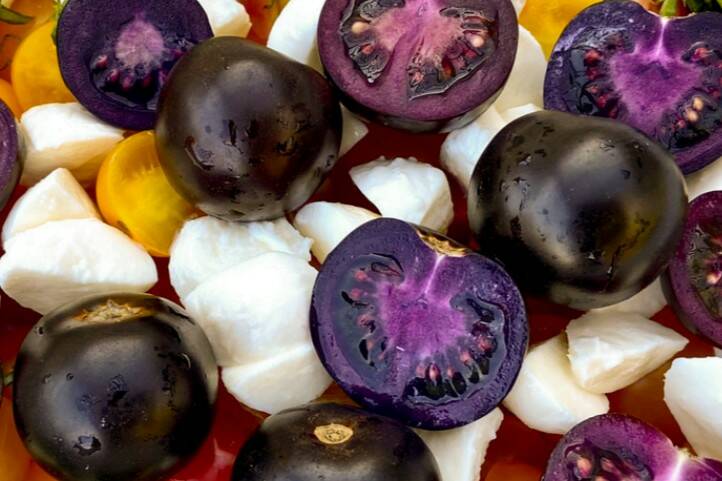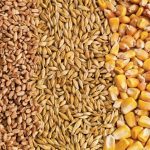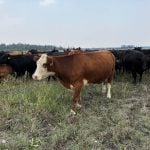How should farmers and the agricultural community react to news that a French agency has labelled glyphosate as “possibly carcinogenic”?
We’ve already seen the battle of the competing press releases questioning the science. The usual anti-GMO suspects are no doubt having a heyday. Farmers, as usual, will be stuck in the middle. Rather than picking sides, let’s consider a rational response.
First, the source. The report comes from The Lancet, one of the world’s most respected peer-reviewed medical journals. So there should be no playing the “junk science” card — that will backfire pretty quickly.
Read Also

Introducing the purple tomato
Health Canada has approved bioengineered The Purple Tomato (TM), maybe leading to new culinary uses and health benefits?
Next, what does the report say? Glyphosate is one of five chemicals in the study — the others are malathion, diazinon, parathion and tetrachlorvinphos. For evidence of being a carcinogen, glyphosate is listed as “sufficient” in animals and “limited (non-Hodgkin lymphoma)” for humans.
The report says: “There was limited evidence in humans for the carcinogenicity of glyphosate. Case-control studies of occupational exposure in the U.S., Canada, and Sweden reported increased risks for non-Hodgkin lymphoma that persisted after adjustment for other pesticides. The AHS cohort did not show a significantly increased risk of non-Hodgkin lymphoma.”
The last reference was to the U.S. National Institutes of Health Agricultural Health Study (AHS), which was a study of 4,916 commercial applicators, 52,395 private applicators, mostly farmers, in Iowa and North Carolina. But while it may sound like good news that it found no evidence of glyphosate causing non-Hodgkin lymphoma, the study was conducted from 1993 to 1997, when glyphosate use was minimal. Today it’s the most-used herbicide in North America, and many farmers apply it several times a year.
So what’s the rational response for farmers? Stay out of the debate, and let the scientists do their work. In the meantime, follow the label as you would — and should — for any herbicide. Wear chemical goggles and chemical-resistant gloves, and if there is significant potential for contact, a face shield and respiratory protection. As proponents of glyphosate have said so often, it’s less toxic than salt, but the dose makes the poison.















